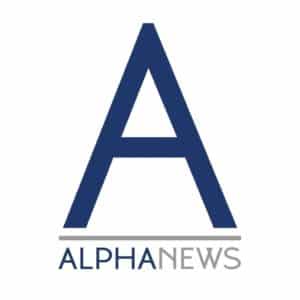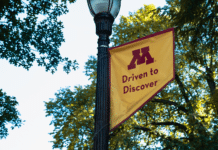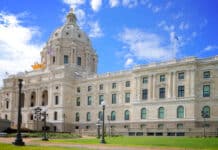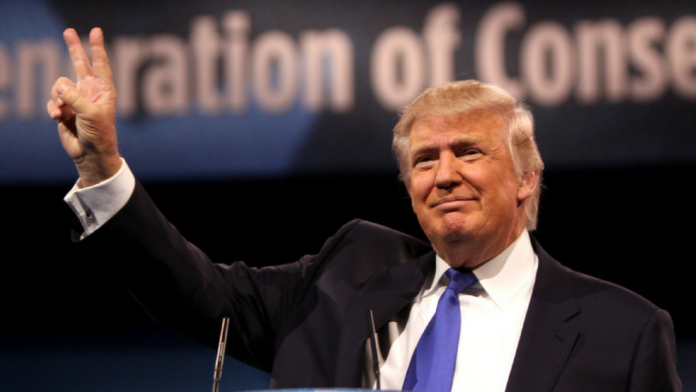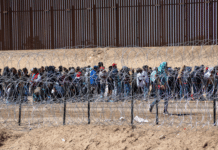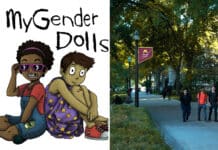MINNEAPOLIS- The University of Minnesota Bias Response and Referral Network (BRRN) reported that there were 76 cases of bias on campus.
According to the bias response report, the role of the BRRN is “to ensure that [the university] responds in a consistent and timely way with helpful referrals and appropriate consultation depending on the nature of the concern. It is responsible for ensuring a broad awareness across campus of its existence as well as existing resources related to campus climate.”
That being said, the team does not have an investigative or disciplinary role in responding to bias incidents. However, it does claim that it, “will refer potential violations of University policy or law to the proper University offices and law enforcement agencies.” The group defines bias in several categories, including bias based on religion, race, gender, sexuality, national origin, veteran status, and disability.
In the category of religion, the BRRN had reported 25 instances of such bias, which would include both “anti-Muslim” and “anti-Semitic” rhetoric. These instances most likely included the anti-Semitic drawings and postering done by then undergraduate, Matthew Gruber, and other Neo-Nazis. This also most likely included the targeting of the Muslim Student Association bridge panel which had the word “ISIS” drawn over it. In the former situation, the perpetrator was arrested and brought up on charges of criminal damage to property with bias.
The second category, racial bias incidents, includes, “racial slurs, flyers of white nationalists and white pride propaganda, defacing posters related to the Black Lives Matter movement.” This category had the second most incidents with, 16.
Amongst the other categories were:
- Gender bias incidents, described as “transphobic comments and graffiti and comments disparaging women and sexual assault victim survivors,” which had 15 reported incidents,
- Sexuality bias incidents, described as “homophobic comments, flyers, or electronic messages,” with 11 reported incidents,
- National origin bias incidents, described as “harassment based on international student status and comments such as ‘go home,’ with 7 reported incidents and,
- Disabilities bias incidents, described as “comments trivializing disabilities and a concern about relevant University signage,” with 2 reported incidents.
The report goes on to break these incidents down into the month received by BRRN. In terms of the monthly analysis, BRRN said they “received more and more reports over time, with a notable increase in reports between September and December of 2016. This increase could be attributed to a number of factors, including the start of a new school year, tension during election season, actions taken by the newly elected U.S. president, etc.”
In the future, the BRRN hopes to improve upon itself by “[launching] a marketing and communications campaign, develop strategies to provide education and training, and build a strong faculty and student advisory consultation group.”
It should be noted that a report done by the Foundation for Individual Rights in Education (FIRE) indicated that the BRRN stands out compared to similar programs at other schools when it comes to protection of freedom of speech. FIRE’s report points out that the fact that the BRRN not having the power to investigate or impose punitive measures plays a role in this. The report stated that North Carolina-Charlotte and Dartmouth College have political and social views amongst the types of bias. The report warns this could “invite administrative and police surveillance of political activity.”
In an interview with the Minnesota Daily, Tina Marisam, University of Minnesota Title IX coordinator, Office for Equal Opportunity and Affirmative Action director and BRRN member, said, “Working to end bias, in our view, requires free speech and creating more opportunities for free speech.”
